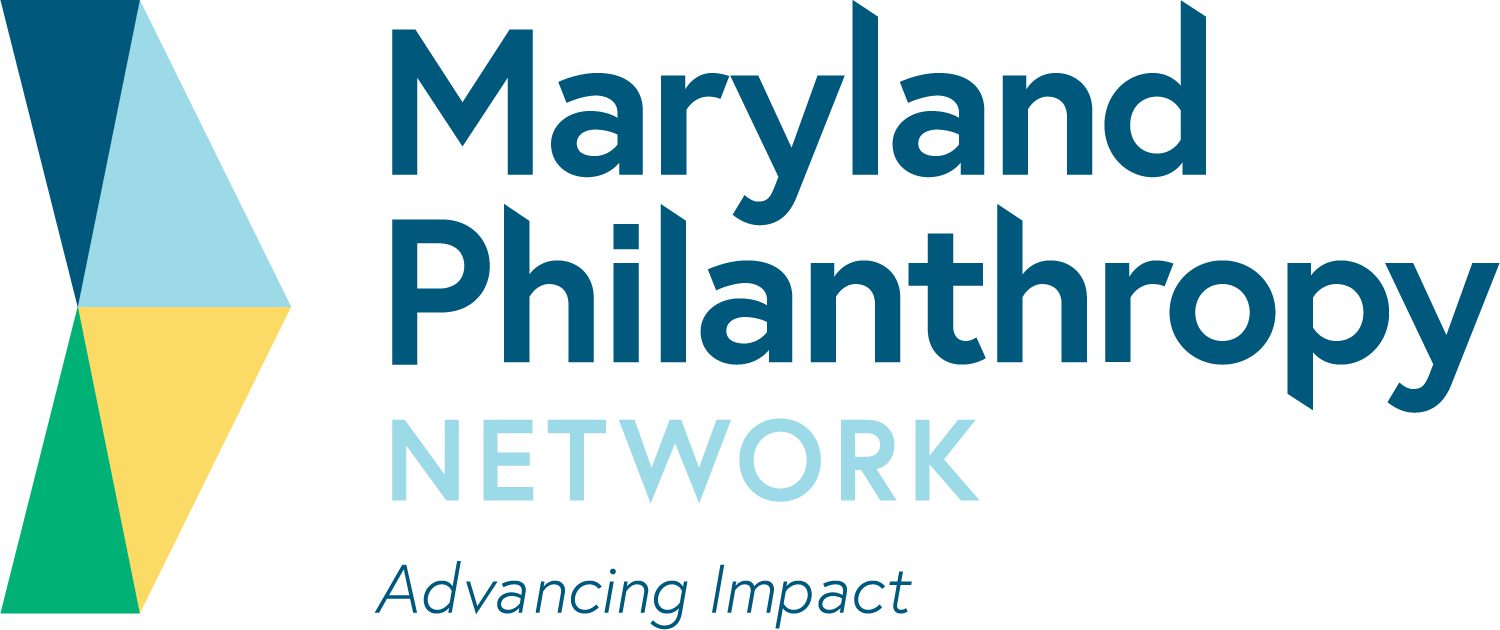Baltimore Workforce Funders Collaborative (BWFC) meets each month. The Collaborative is a group of private and public funders committed to advancing equity, job quality and systems change efforts that lead to family-sustaining wages, strengthened communities and a vibrant local economy. BWFC members actively fund workforce development, are willing to co-invest, are committed to tracking outcomes and sharing investment data, and work together to improve workforce systems.
The Prenatal-to-Five (PN-5) Affinity Group invites Maryland Philanthropy Network members to learn more about the successful campaign to secure Medicaid support for HealthySteps in Maryland, while being updated on the state's infant and early childhood mental health collaborative from Kay Connors, Executive Director, Taghi Modarressi Center for Infant Study at the University of MD School of Medicine. The meeting will also offer updates on upcoming opportunities for funder collaboration to support the Blueprint's Pillar One and strengthen the childcare workforce.
The Prenatal-to-Five (PN-5) Affinity Group was created to help funders who are interested in supporting expectant parents, and children from birth through age five and their families improve their grantmaking by learning more about initiatives, educational research, and best practices.
Maryland Philanthropy Network members interested in attending for the first time are encouraged to reach out to Marlo Nash prior to attending a meeting.
This meeting has been cancelled so PN5 members may join Senator Ben Cardin from 11:30 AM - 1:00 PM for a virtual Town Hall hosted by Maryland Nonprofits. For information, please visit marylandnonprofits.org.
The Prenatal-to-Five (PN-5) Affinity Group was created to help funders who are interested in supporting expectant parents, and children from birth through age five and their families improve their grantmaking by learning more about initiatives, educational research, and best practices.
We are delighted to host Special Secretary Carmel Martin, head of The Governor's Office for Children, for a conversation that focuses on young children and their families. We will discuss the opportunities and challenges facing families and the systems that are intended to support their health, development and well-being. Using the framework for a comprehensive early childhood development system that the Prenatal to Five Funders Group has adopted, the conversation will cover family economics, child care, infant and early childhood mental health, equity and inclusion, early relational health, housing, and the importance of engaging with families and caregivers in the design of system responses. We will explore the implementation of the ENOUGH Act and the Blueprint for Maryland's Future and the ways that both initiatives can work in support of young children and their families reaching their full potential. This is a virtual meeting.
The Prenatal-to-Five (PN-5) Affinity Group was created to help funders who are interested in supporting expectant parents, and children from birth through age five and their families improve their grantmaking by learning more about initiatives, educational research, and best practices.
Join Funders Together to End Homelessness – Baltimore for a conversation with colleagues who successfully advocated for efforts such as eviction prevention, tenants' rights, effective pathways out of homelessness and an increased supply of safe and affordable housing. Panelists will share the major issues they're currently working on, what's going well, what's challenging, and how philanthropy can help in their efforts.
Baltimore Workforce Funders Collaborative (BWFC) meets each month. The Collaborative is a group of private and public funders committed to advancing equity, job quality and systems change efforts that lead to family-sustaining wages, strengthened communities and a vibrant local economy. BWFC members actively fund workforce development, are willing to co-invest, are committed to tracking outcomes and sharing investment data, and work together to improve workforce systems.
From flexible giving to well-managed tech tools, the new generation of donors are changing up the old models of charitable giving.
The 2025 Baltimore City Small Business Advancement Conference, hosted by the Mayor’s Office of Small and Minority Business Advocacy and Development, took place at the Baltimore Convention Center on June 12.
It’s more important than ever to stay informed about how changes in the tax law may affect your charitable giving.

